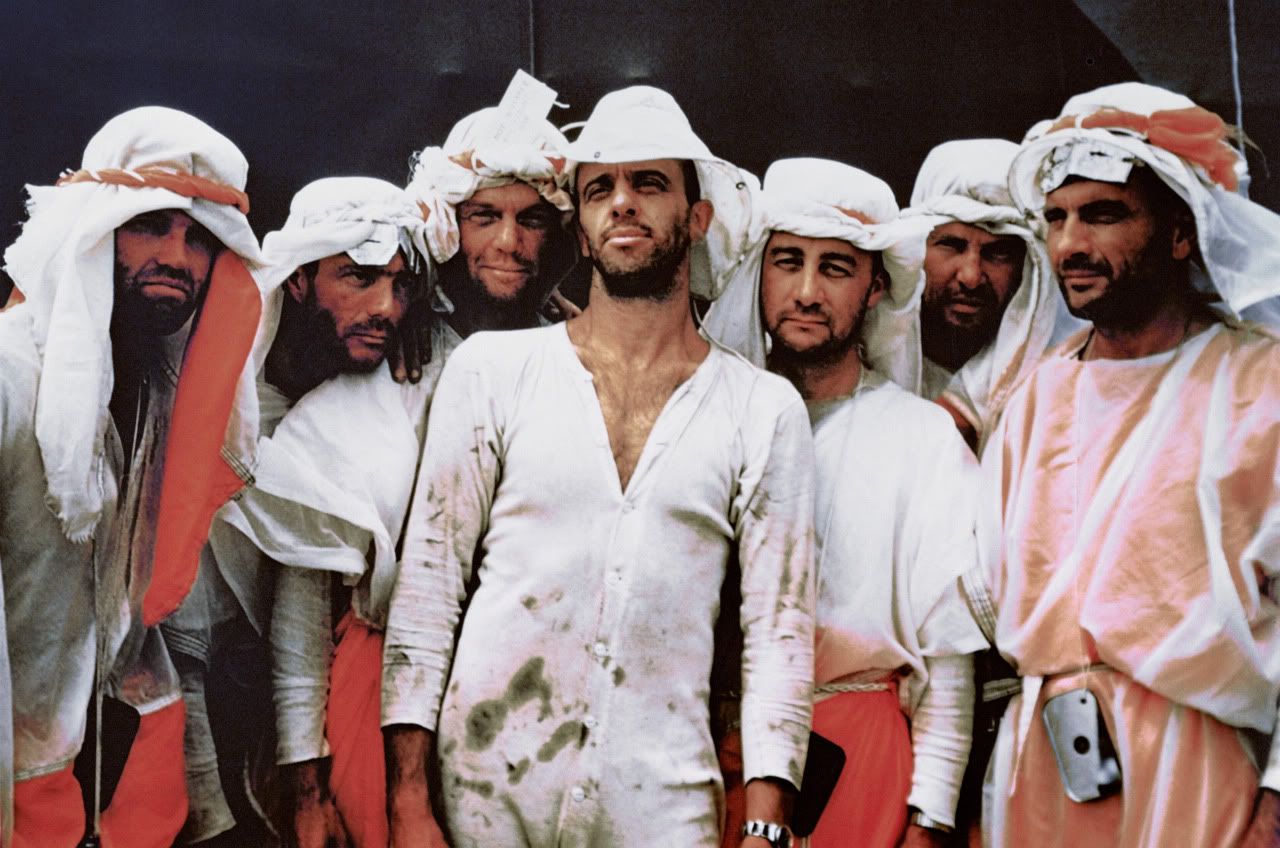Rays of light from the sun have taken many different paths to compose this glorious image of Saturn and its rings.
This view looks toward the unilluminated (north) side of the rings and, at the top of the image, the night side of Saturn. Sunlight has been reflected off the illuminated side of the rings to light the planet's southern hemisphere, seen here as a bright band of yellow-orange. The northern hemisphere, in the top left corner of the image, is dimly lit by light diffusely scattered through the rings. The planet's shadow cuts across the rings, but light reflected off the southern hemisphere backlights parts of the C ring, making them visible in silhouette. A similar lighting arrangement can be seen in
Saturn by Ringshine.
Bright points of light in the image are stars occulted by the rings.
This view looks toward the unilluminated side of the rings from about 41 degrees above the ringplane. Images taken using red, green and blue spectral filters were combined to create this natural color view. The images were acquired with the Cassini spacecraft wide-angle camera on March 20, 2009 at a distance of approximately 892,000 kilometers (554,000 miles) from Saturn. Image scale is 50 kilometers (31 miles) per pixel.
The Cassini-Huygens mission is a cooperative project of NASA, the European Space Agency and the Italian Space Agency. The Jet Propulsion Laboratory, a division of the California Institute of Technology in Pasadena, manages the mission for NASA's Science Mission Directorate, Washington, D.C. The Cassini orbiter and its two onboard cameras were designed, developed and assembled at JPL. The imaging operations center is based at the Space Science Institute in Boulder, Colo.
For more information about the Cassini-Huygens mission visit
http://saturn.jpl.nasa.gov . The Cassini imaging team homepage is at
http://ciclops.org .
Credit: NASA/JPL/Space Science Institute
































